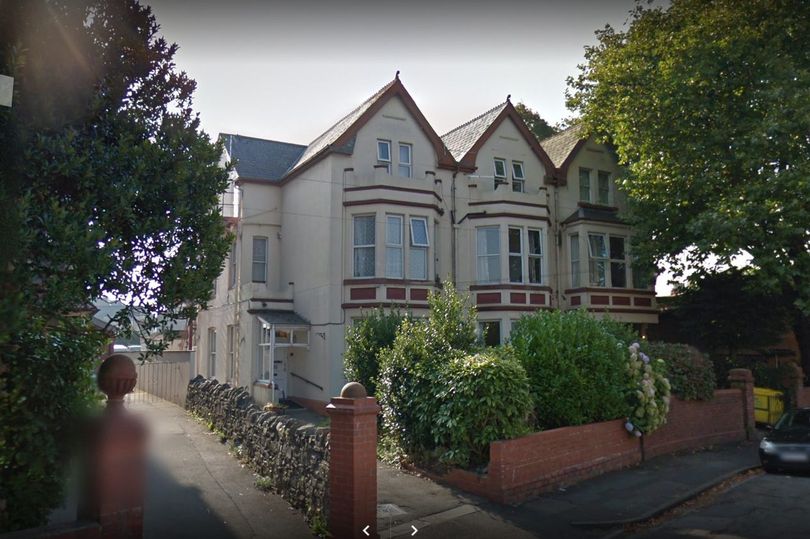The fire and rescue service must be able to respond quickly when a fire alarm system is triggered to provide the maximum level of protection possible. That need takes on even greater importance when it comes to premises such as residential care homes and that is why they are required to have a monitored fire alarm. But not every care home is complying with the requirement as yet.
The challenge of fire in a care home setting
The main challenge that most care homes face if a fire breaks out is that it is highly unlikely residents would be able to get out quickly. The vulnerable and often frail nature of the occupants, many of whom might have health conditions that impair their response, means that care home environments are especially dependent on the rapid response of the emergency services.
There have been several care home fires in the past year alone. Some were small and could be quickly contained. At this specialist dementia care home in Hampshire, a fire in the laundry room led to 31 people needing to be quickly evacuated. The fast response from fire crews helped ensure no one was injured and the fire only damaged one room. But several other fires have managed to spread more quickly and go on to cause considerable damage. Despite efforts to evacuate residents during this fire in a care home in Sunderland, seven people were still in the home when the emergency services arrived and had to be rescued. Six people were taken to hospital but there were no serious injuries.
While staff can of course call the emergency services, in practical terms this isn’t the ideal solution. Staffing level pressures can mean that the speed of their response in making the call could be delayed. Staff are more likely to be preoccupied dealing with the urgent and complex requirement to get residents out of the building. This is why the British Standards highlight the importance of a care home’s connectivity to the fire brigade and having a monitored fire alarm, and not simply relying on staff to be able to make the call when they are dealing with a high pressure situation.
What do the British Standards say?
The standard BS 5839-1:2017 highlights the need for a triggered fire alarm to immediately send an automatic signal to the fire service. The standard refers to how critical it is for early attendance from them in locations where it’s likely to be “essential to life safety in the event of fire” and specifically mentions hospitals and residential care home environments. Unless it can be absolutely guaranteed that there will never be any delay in the manual summoning of the emergency services by staff, then a secondary automatic means of transmission is needed. It concludes “In practice, automatic transmission of fire alarm signals is considered necessary in the case of residential care premises”.
What does this mean in practical terms?
This means that care homes should make sure they have a monitored fire alarm so that when it’s activated, it sends a signal through to a receiving centre which will be responded to immediately. Monitoring services are provided 24 hours a day, 7 days a week, 365 days a year. For even greater reliability, a dual signalling path for monitoring can be used. That means that if there was a signalling path failure, it would be detected within seconds and trigger a backup signal.
Is your care home complying with all of its fire safety obligations?
Making sure that your residents are safe is an absolutely fundamental requirement of any care home setting and that includes ensuring protection from fire. On top of putting lives at risk, care homes that don’t meet their fire safety obligations could find themselves facing serious consequences including large fines. As an NSI Gold approved company, we can provide 24/7 fire alarm monitoring for your care home for complete peace of mind and compliance. If you would like to talk to us about fire alarm monitoring or any other aspect of fire safety in your care home, please do get in contact with us.
